Cutting vs. Manual Cutting: Which Method is Right for You?
To cut out shapes for your crafting projects, we usually have two primary options: die cutting and manual cutting. Both methods have their advantages and considerations to take into account. In this blog post, we will compare die cutting and manual cutting, exploring the differences, benefits, and factors to consider. By the end, you'll have a better understanding of which method may be the right fit for your creative needs.
Die Cutting:
Precision: Die-cutting machines allow for precise and consistent cuts, ensuring clean and professional-looking results every time.
Efficiency: Die-cutting machines can cut multiple shapes simultaneously, saving time and effort compared to cutting by hand.
Variety: With a wide range of available dies and designs, die cutting offers endless possibilities for intricate and detailed shapes.
Reproducibility: Die cutting machines allow you to easily replicate shapes and designs with accuracy, which is advantageous for bulk projects.
Manual Cutting:
Flexibility: Manual cutting allows for more freedom in creating custom shapes and sizes that may not be available with pre-made dies.
Affordability: Manual cutting requires fewer upfront costs, as die-cutting machines and die sets can cost a bit more (but it is worth mentioning that cutting machines can also be used for embossing, which cannot be done manually).
Portability: Manual cutting tools are often compact and portable, making them suitable for on-the-go crafting or when space is limited.
Versatility: With manual cutting, you can cut a variety of materials, including thick or unconventional materials that may not work well with die cutting machines.
Factors to Consider:
Project Type: Consider the complexity of your projects, the need for precise cuts, and the number of shapes you'll be cutting.
Time and Efficiency: Assess whether you require quick and efficient cutting for large quantities or if you prefer the hands-on experience of manual cutting.
Budget and Space: Determine your budget and available space for investing in a die-cutting machine, as well as ongoing costs for dies and accessories.
Creative Freedom: Evaluate the level of customization and design flexibility you desire for your projects.
Convenience and Portability: Consider whether the portability of manual cutting tools is more suitable for your crafting style and workspace.
Conclusion:
Ultimately, the choice between die cutting and manual cutting depends on your specific needs, preferences, and the nature of your projects. Assess your priorities, project requirements, and resources to determine which method aligns best with your creative journey. Remember, whichever you choose, the joy of crafting lies in the creative process and the satisfaction of bringing your vision to life.
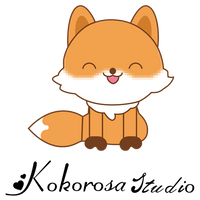

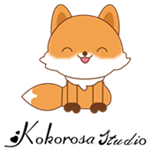


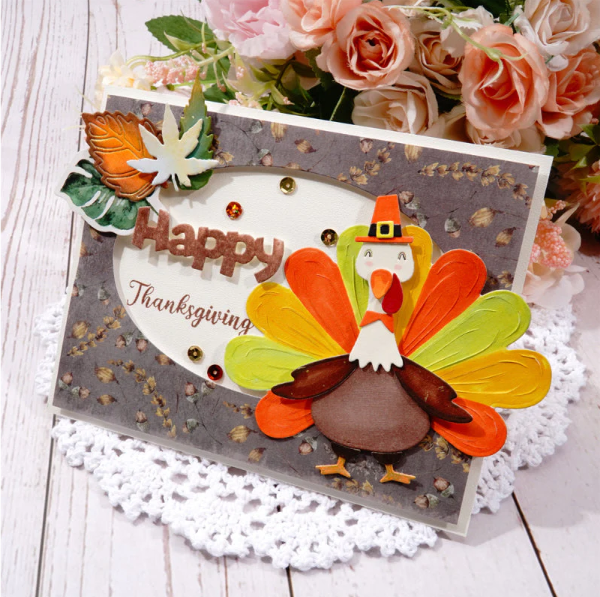



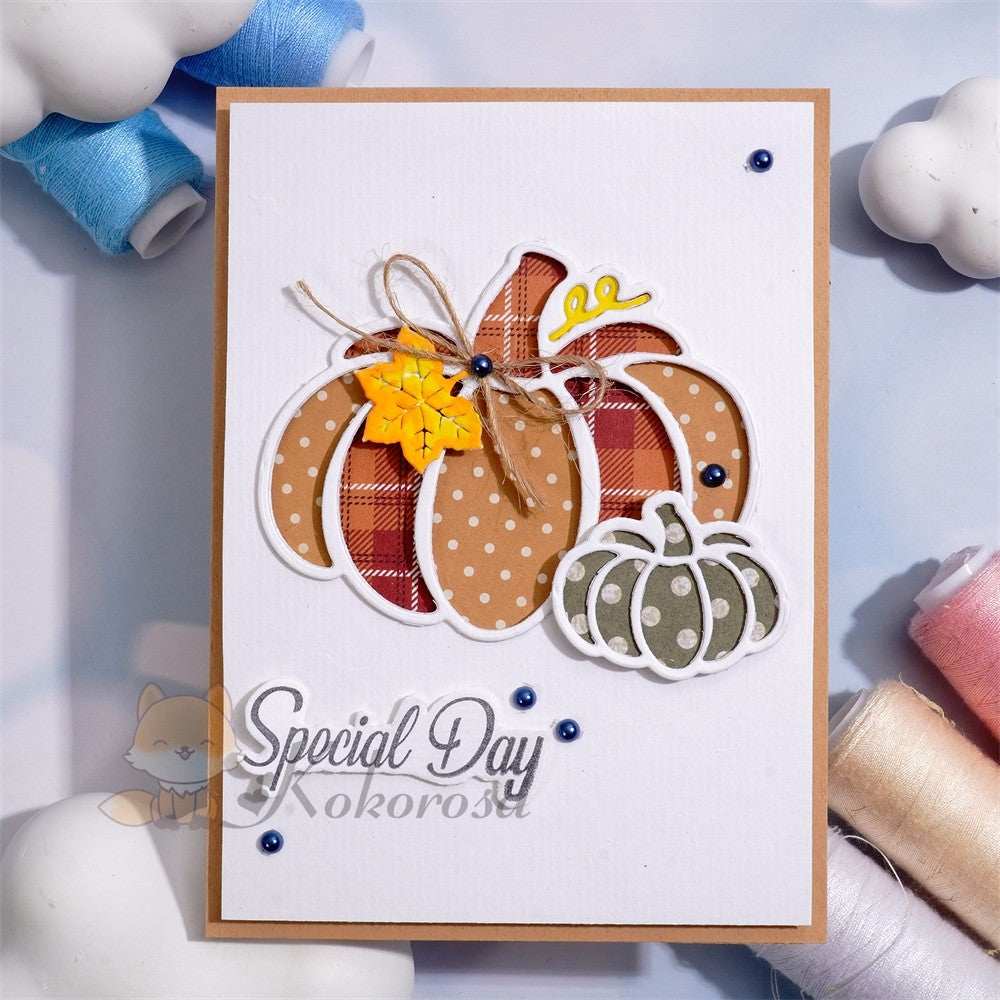

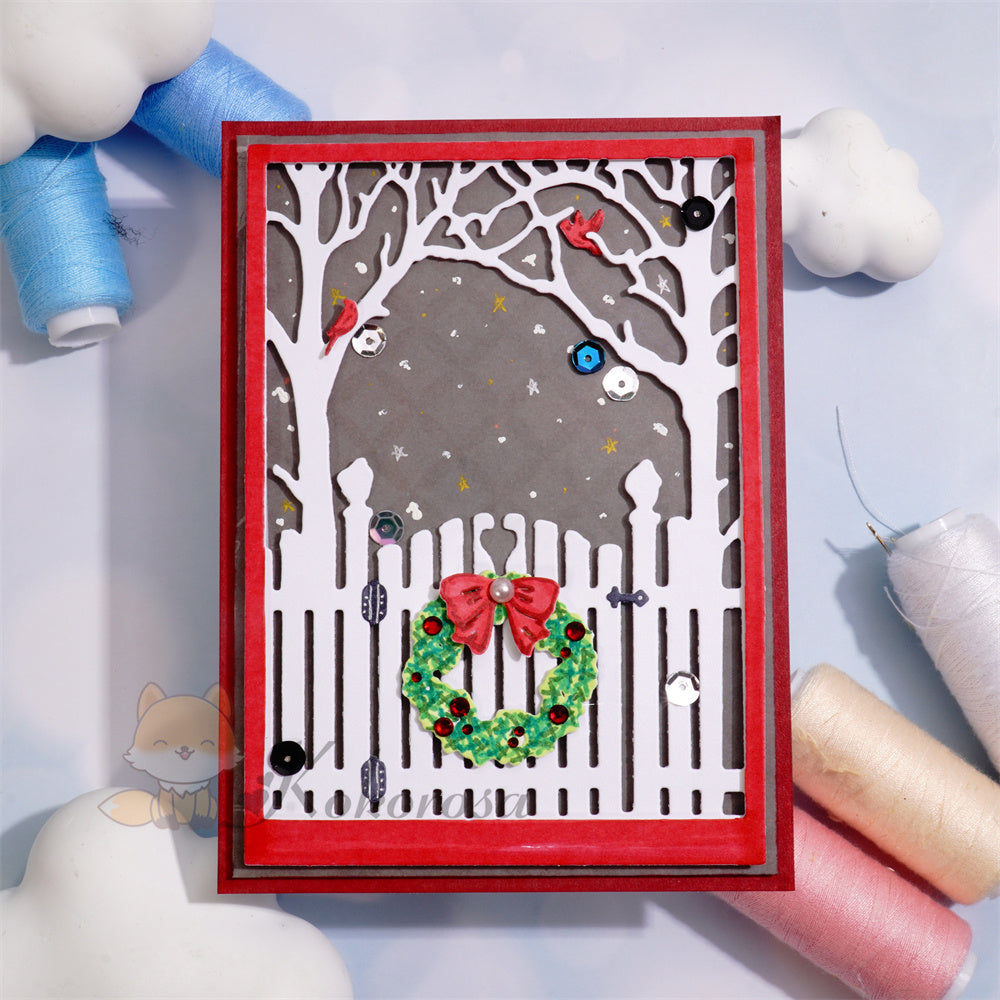
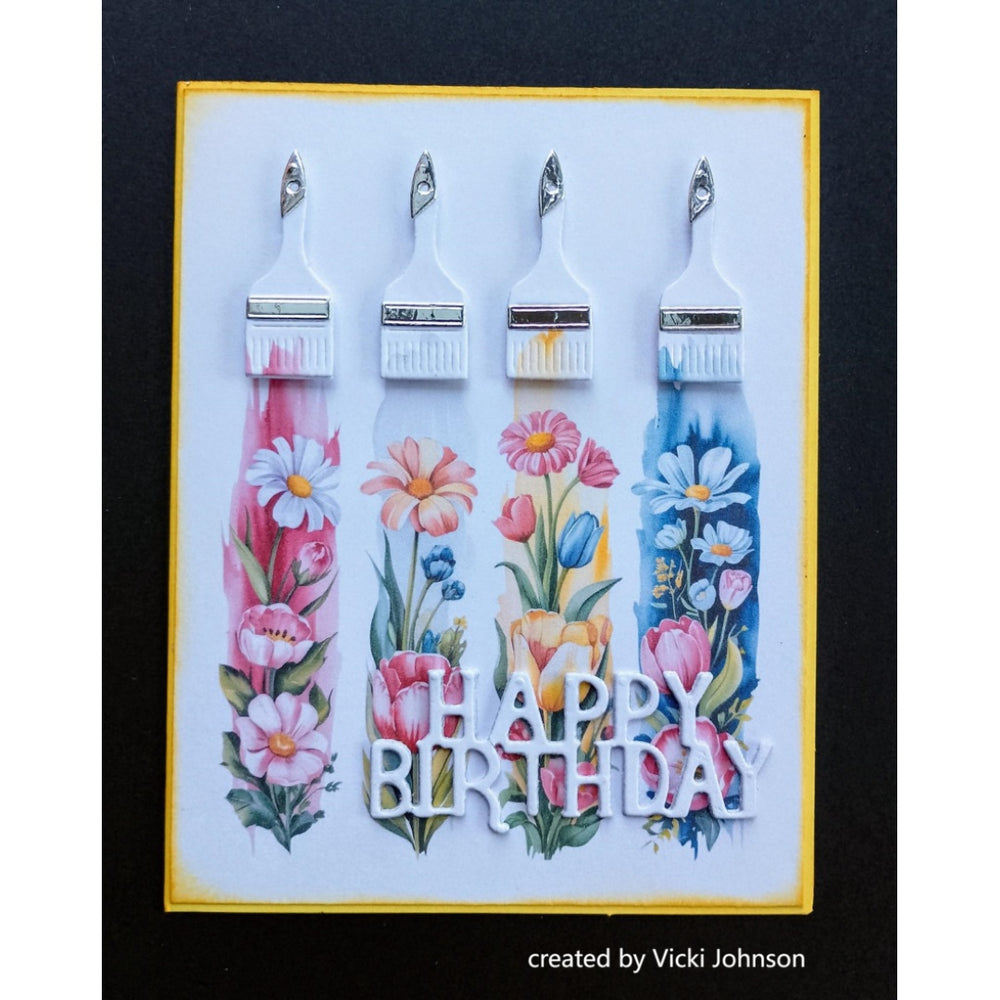
Leave a comment